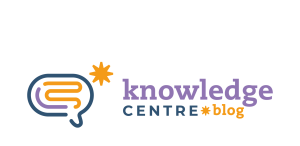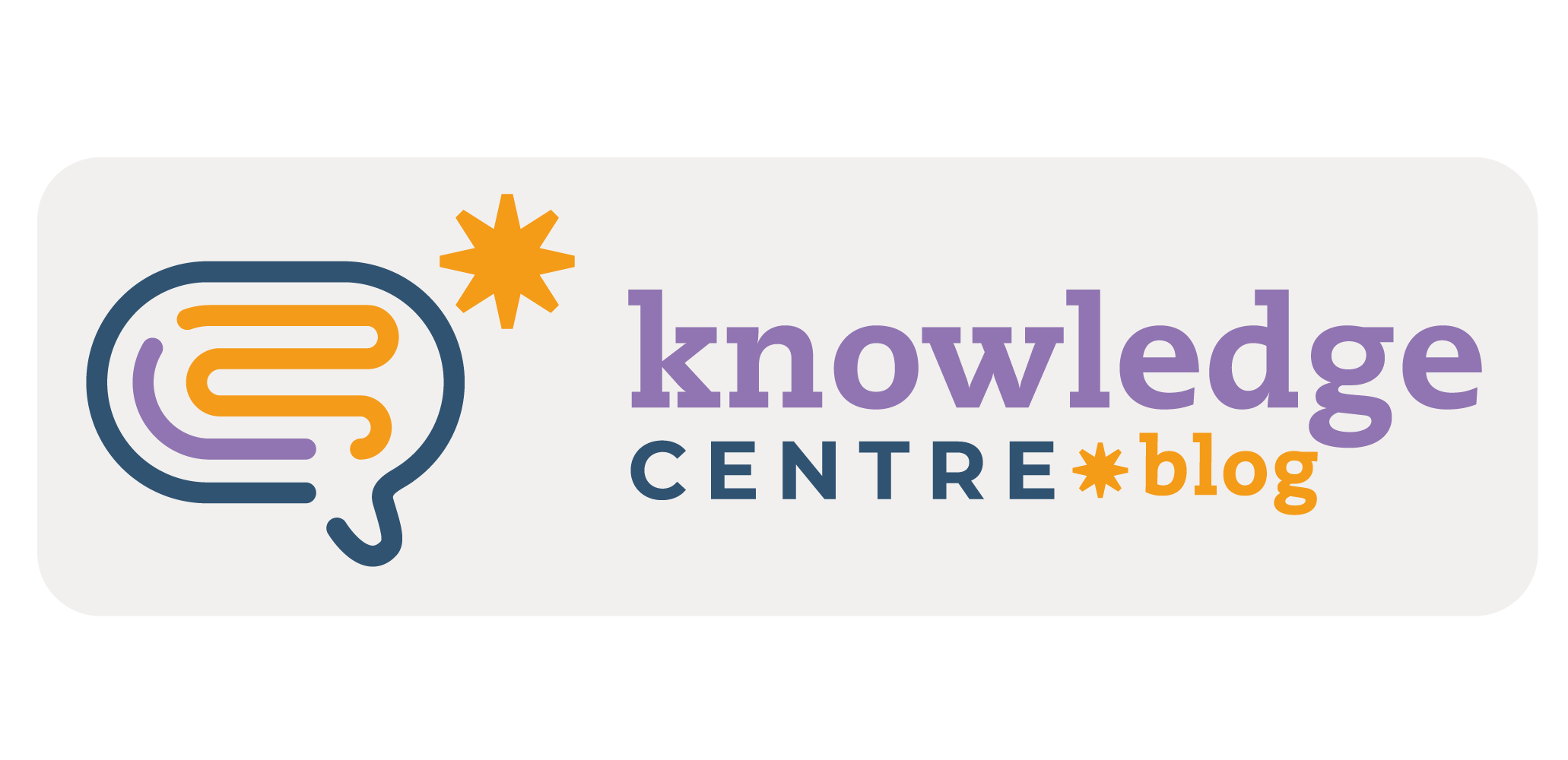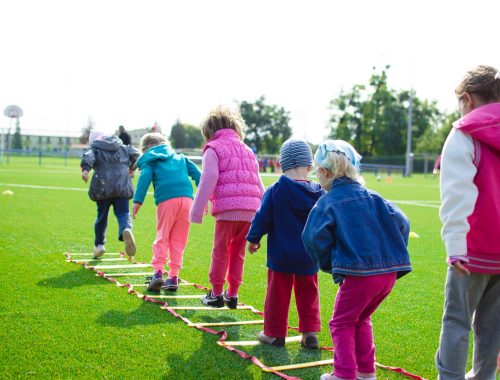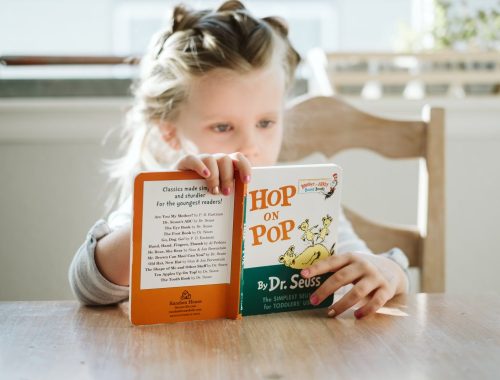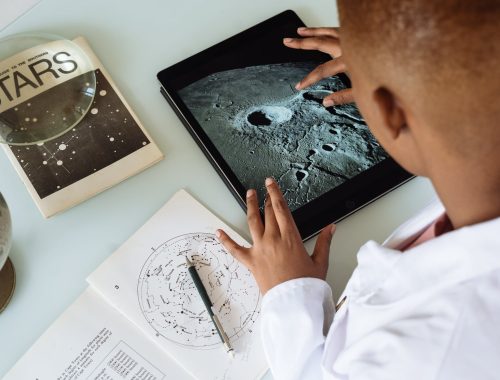Have you ever thought about how you learned to do things such as inserting a plug in a power outlet, turning lights on and off or closing pots? People say happiness is made of simple things and I bet our lives would be chaotic if we hadn’t had the chance to develop such simple skills.
My first reflection about this was when I once discovered I bought a disassembled fan by mistake. Besides crying, the only thing I could do was to sit down and try. To my surprise, all the in-advance suffering was unnecessary anxiety. In a few minutes, I was perfectly able to figure it all out.
Cognitive and motor development walk hand in hand. Even simple games such as water play or hopscotch will contribute to the development of important life skills and competencies such as understanding basic laws of physics, developing motor skills and creativity, and testing hypotheses, among others.
Thinking about languages, the theory is the same. Children are said to be especially able to learn “perfect proficient” pronunciation as a result of their developing vocal apparatus that is still ready to acquire any frequently heard sound. Without ruling out this theory, it is also important to consider that a child listening to speech in another language is like a person with perfect pitch listening to music. The child who still has not learned how to read or write will not automatically associate the sounds heard with mental images of correspondent written words as they “should be” in their mother tongue. This means there is no visual or auditory preconception by the early infant regarding which language is being used to communicate and no influence of a dominant first language over the way he or she listens to a foreign word. Clearer perception while listening is what allows clearer reproduction of the same sound when speaking. This type of multilingual stimulation has been proved more than once to bring deep positive physiological changes in the speaker’s gray matter.
The famous critical window for acquiring languages we have all heard of is in fact a biological process: myelination, which allows nerve impulses to move more quickly. The younger the child, the more intense the process. Thus, the importance of exposing the infant to as many varied problem-solving opportunities involving creativity as we can. Neuronal connections established during early ages will last through adulthood and problems solved during childhood actually serve as models for every single somehow similar difficulty this person is faced with throughout his or her entire life. Yes, we should all be grateful to the parents and teachers who exposed us to Lego, catch and all great playful experiences that helped us become the people we are.
Now, think of how you can help enhance these processes with activities that value the cognitive development of your students! Which activities could give your students’ brains great opportunities to thrive? Here are some suggestions based on Bloom’s Taxonomy: https://study.com/academy/popular/cognitive-learning-activities-for-the-classroom.html
By EDC
